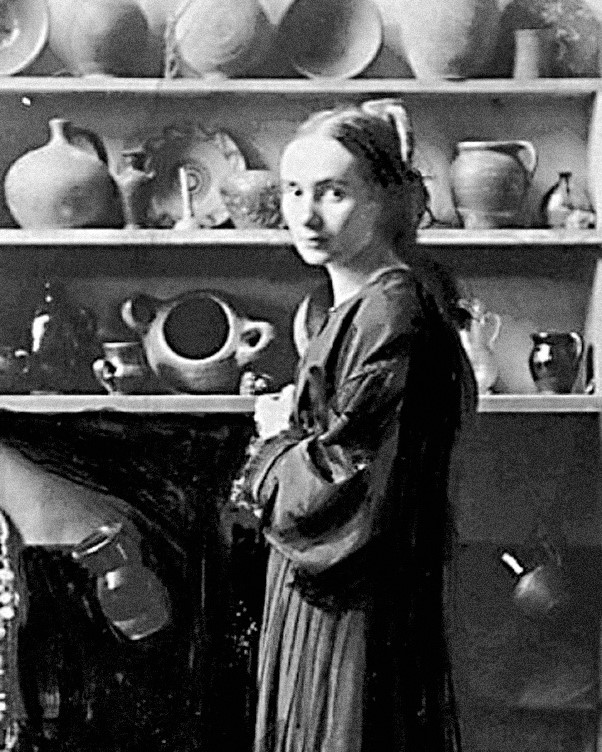Morice LIPSI
January 5, 2019Jacques LOUTCHANSKY
January 5, 2019Sarah LIPSKA
MLAWA (POLAND) 1882 – PARIS 1973
Sarah Lipska studied at the School of Fine Arts in Warsaw. In 1906, she traveled to Palestine. Two years later, she had a daughter with her professor, the sculptor Xawery Dunikowski. She was his muse throughout his life. In 1911 and 1912, she exhibited at the Zacheta gallery in Warsaw. She was the only woman among the exhibitors.
Sarah Lipska moved to Paris shortly before the declaration of war in 1914. Her works were exhibited at the Salon d’Automne in 1919. She then worked for Serge Diaghilev’s Ballets Russes and produced sets and costumes with Léon Bakst. She worked in diverse materials, such as glass, wood, earthenware, ceramic, terracotta and plaster. She created numerous busts, including those of Diaghilev, Paul Poiret, Arthur Rubinstein, and the Marquise Casati.
In the 1920s, Sarah Lipska worked in fashion and interior decoration. She opened several stores, including one in the Champs Elysées, where she exhibited her different projects. She designed and created furniture.
She participated in numerous national and international exhibitions. She received medals at the Exposition des Arts Décoratifs in 1925, at the Exposition Coloniale in 1931 and at the World Fair in 1937. Sarah Lipska was also a painter. She painted portraits and still lifes. Following World War II, she produced busts of important figures in the art world. She worked with Serge Lifar on sets and costumes for ballets and continued her projects with Helena Rubinstein. She also worked with Prince Paul Murat, president of the French Association for the Protection of Birds. Birds were, indeed, a recurrent and dominant theme in her work. She sculpted, drew, and painted them throughout her life.
Stories of Jewish Artists of the School of Paris 1905-1939
FRENCH-ENGLISH
Capitale des arts, le Paris des années 1905-1939 attire les artistes du monde entier. De cette période de foisonnement, un terme est resté, celui d'Ecole de Paris, qui recouvre une grande diversité d'expression artistique. Dans ce brassage dont Montparnasse est le creuset, un groupe se distingue : celui des artistes juifs venus de Russie, de Pologne et d'Europe centrale. Si leurs styles sont variés, un destin commun les rassemble : ils fuient l'antisémitisme de leur pays d'origine. Certains ont connu la célébrité dès les années 1920, tels Soutine, Lipchitz ou Chagall. D'autres n'ont pas eu le temps ou la chance d'y accéder. Près de la moitié a péri dans les camps de concentration nazis.
From 1905 to 1939, Paris attracted artists from all over the globe as the capital of the art world. This period of artistic proliferation became known as the School of Paris, and includes a great diversity of artistic expression. Within the teeming art world centred on Montparnasse, one group set itself apart: Jewish artists from Russia, Poland, and Central Europe. Although their styles were diverse, they shared the common fate of fleeing anti-Semitic persecutions in their home countries. Some became famous in the 1920s, such as Soutine, Lipchitz, and Chagall, while others did not have the time or the luck to gain renown. Nearly half of these artists died in Nazi concentration camps.





